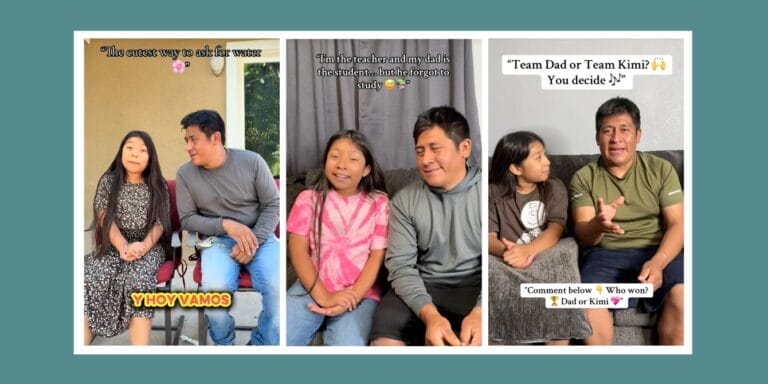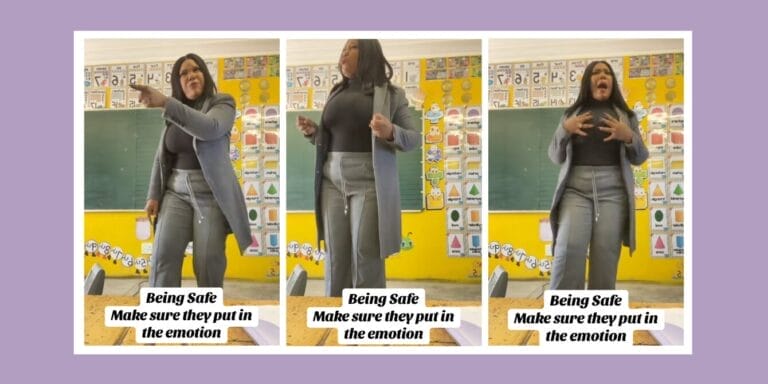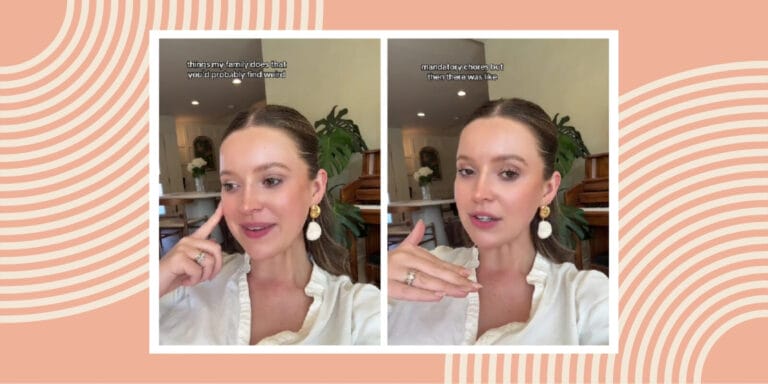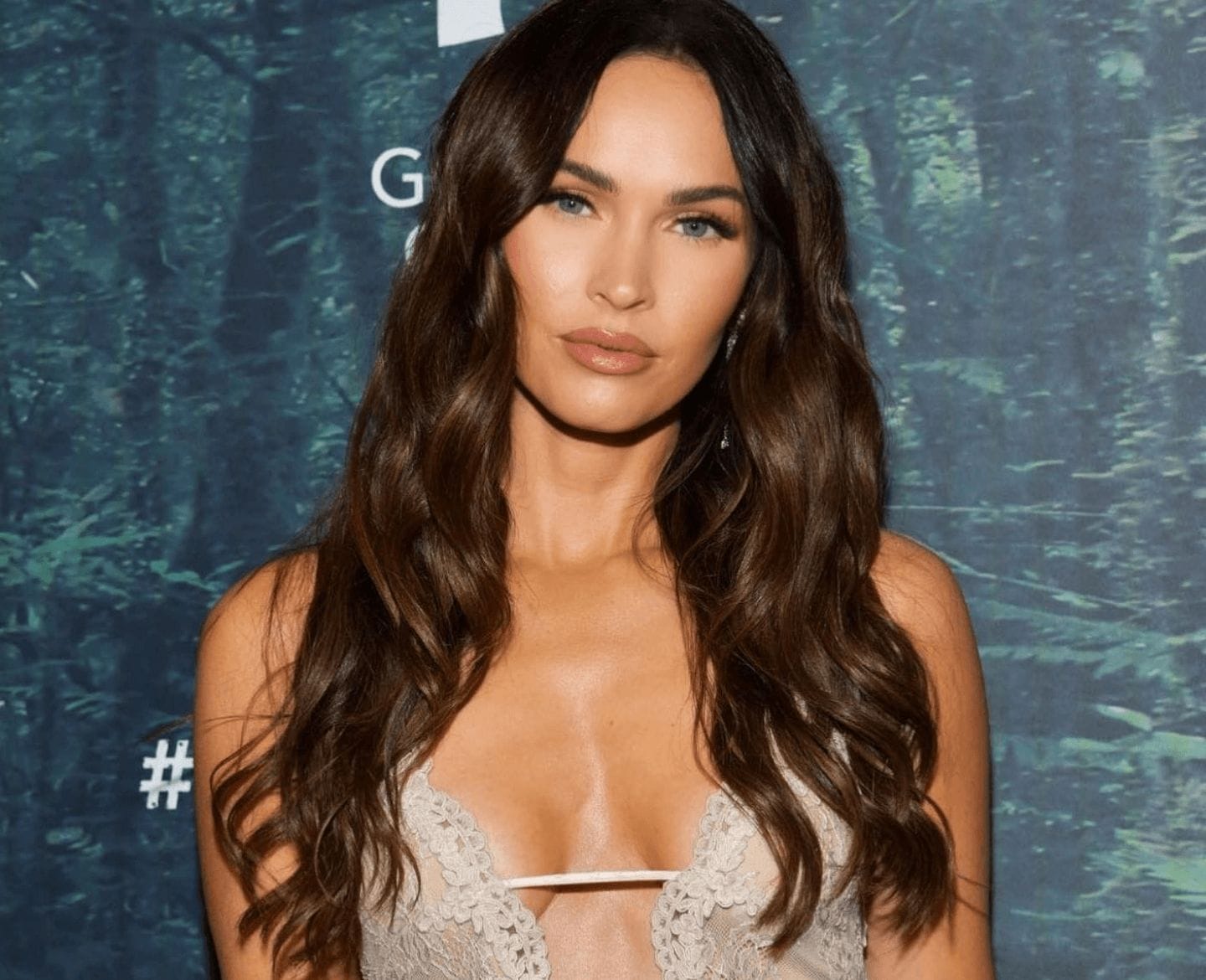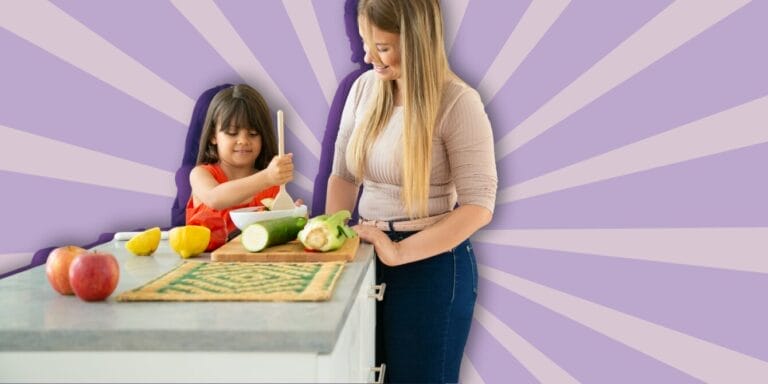Eric Carle fought publishers over this scene in ‘The Very Hungry Caterpillar’
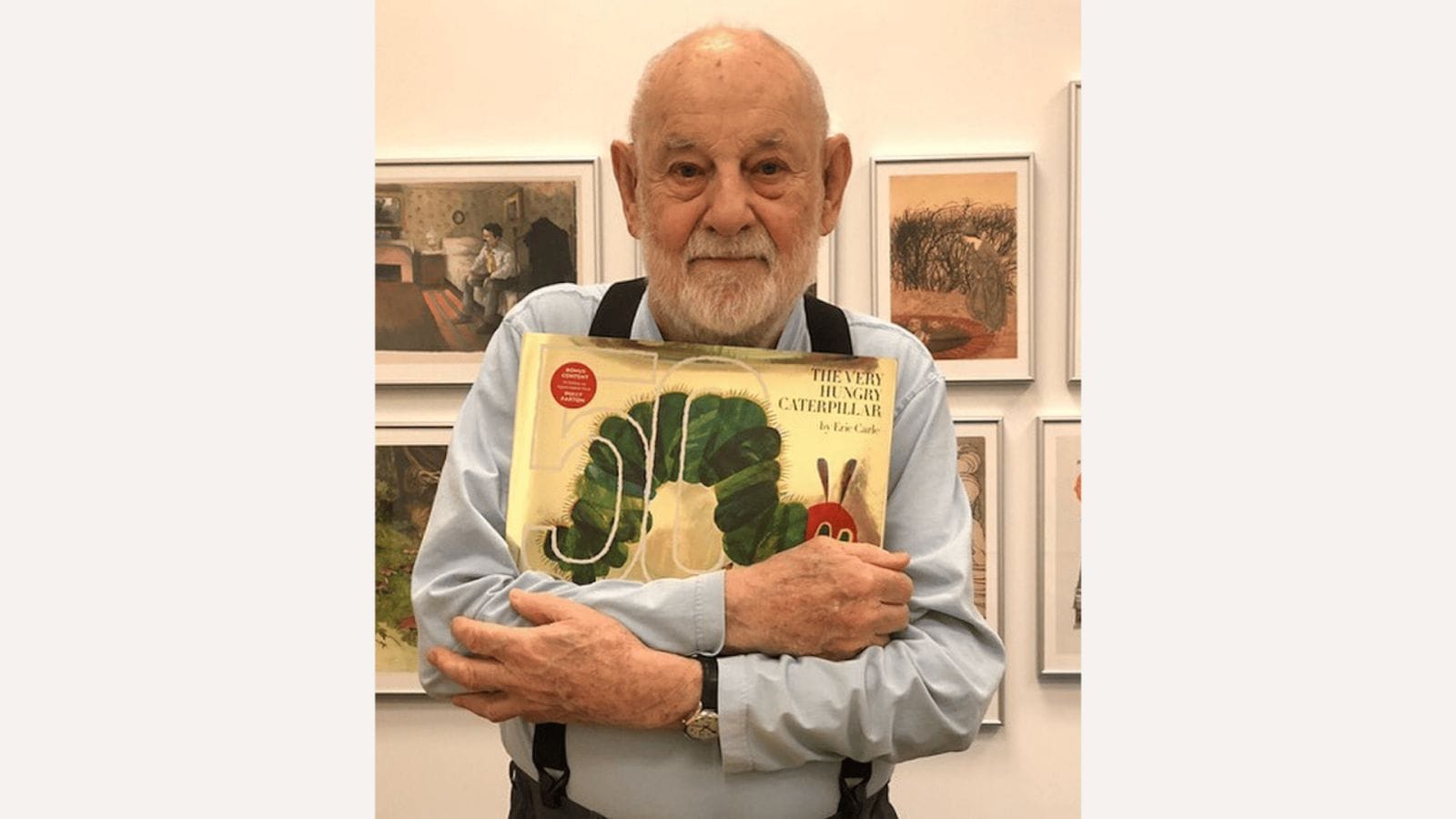
In a 2015 interview with the Paris Review, the author explains why he feels the scene compromises the whole book.
[Author’s Note May 28, 2021: It has come to light that this Eric Carle interview is fictional and was written as a satirical piece for the Paris Review. Avi Naftali pointed out the error on Twitter, as many people believed the satire to be true. It clearly resonated with many for a reason, though we do regret the error.]
The brilliant artist and creator of countless beloved children’s classics, Eric Carle, passed away this week at the age of 91. Tributes have been pouring in on social media from adults and children alike, with many stories focusing on how integral his books have been to their childhoods.
Arguably, his best-known work is “The Very Hungry Caterpillar,” the tale of a young caterpillar on the cusp of his beautiful metamorphosis into his final stage: butterfly. It’s a gorgeously illustrated book that has been delighting children of all ages since it was first published in 1969. In the story, the caterpillar famously eats his way through the book—gaining the strength he needs for his big transformation.
Before he heads into his cocoon, however, the caterpillar gnaws on a leaf after a week-long feast of anything and everything he could possibly for an entire week. He has apparently come down with a stomachache from the feast.
The book reads, “On Saturday he ate through one piece of chocolate cake, one ice-cream cone, one pickle, one slice of Swiss cheese, one slice of salami, one lollipop, one piece of cherry pie, one sausage, one cupcake, and one slice of watermelon. That night he had a stomachache.”
In a 2015 interview with the Paris Review, Carle explained why he didn’t like this part of the book—and why he fought his publishers against including it, as it wasn’t in his original manuscript.
“My publisher and I fought bitterly over the stomachache scene in The Very Hungry Caterpillar,” he said. “The caterpillar, you’ll recall, feasts on cake, ice cream, salami, pie, cheese, sausage, and so on. After this banquet I intended for him to proceed immediately to his metamorphosis, but my publisher insisted that he suffer an episode of nausea first—that some punishment follow his supposed overeating. This disgusted me. It ran entirely contrary to the message of the book.”
Carle explained that the publishers were likely concerned about encouraging gluttony, but that he didn’t believe children should be concerned about such things. The way he explains it is really worth reading—his words here have a profound impact. Especially as many pediatric nutritionists and children’s food bloggers have expressed frustration with the shame surrounding that scene in recent years. And even more so because many people likely don’t know that he was against including it from the get-go.
“The caterpillar is, after all, very hungry, as sometimes we all are,” Carle said. “He has recognized an immense appetite within him and has indulged it, and the experience transforms him, betters him. Including the punitive stomachache ruined the effect. It compromised the book.”
During the same interview, he offered his thoughts on childhood obesity.
“I don’t recognize childhood obesity,” he stated. “No one should. I see children doing what they like, which is eating, and doing it without the shame or remorse later drilled into them by Judeo-Christian ethics.”
People of all ages, but especially growing children, have widely varying eating habits. One day, your child can’t get enough to eat—snacking every hour, asking for seconds at meal time, etc. The next day, they’re barely nibbling their favorite foods. Both ways of eating are good! It means they know how to eat intuitively. Kids are born intuitive eaters—they know how to honor their hunger and their fullness innately. When parents (and schools) begin micromanaging what their children eat, when they eat, and how they eat it (i.e. “you can leave after you eat three more bites,” or “no dessert until you finish your chicken and green beans”), their natural responses to their own hunger cues are disrupted. This type of disruption can affect their relationship with food for a lifetime.
Eric Carle recognized the harm in implying shame should be something a living creature feels simply for eating food they need to eat in order to grow—he knew it back in 1969, and he knew it in 2015. While he may not have gotten his way with his publishers at the time, we can take that knowledge and apply it to storytime when we curl up with the hungry caterpillar and our children.
Like Carle says, transformation requires nourishment, after all—and it makes us better in the end.



















